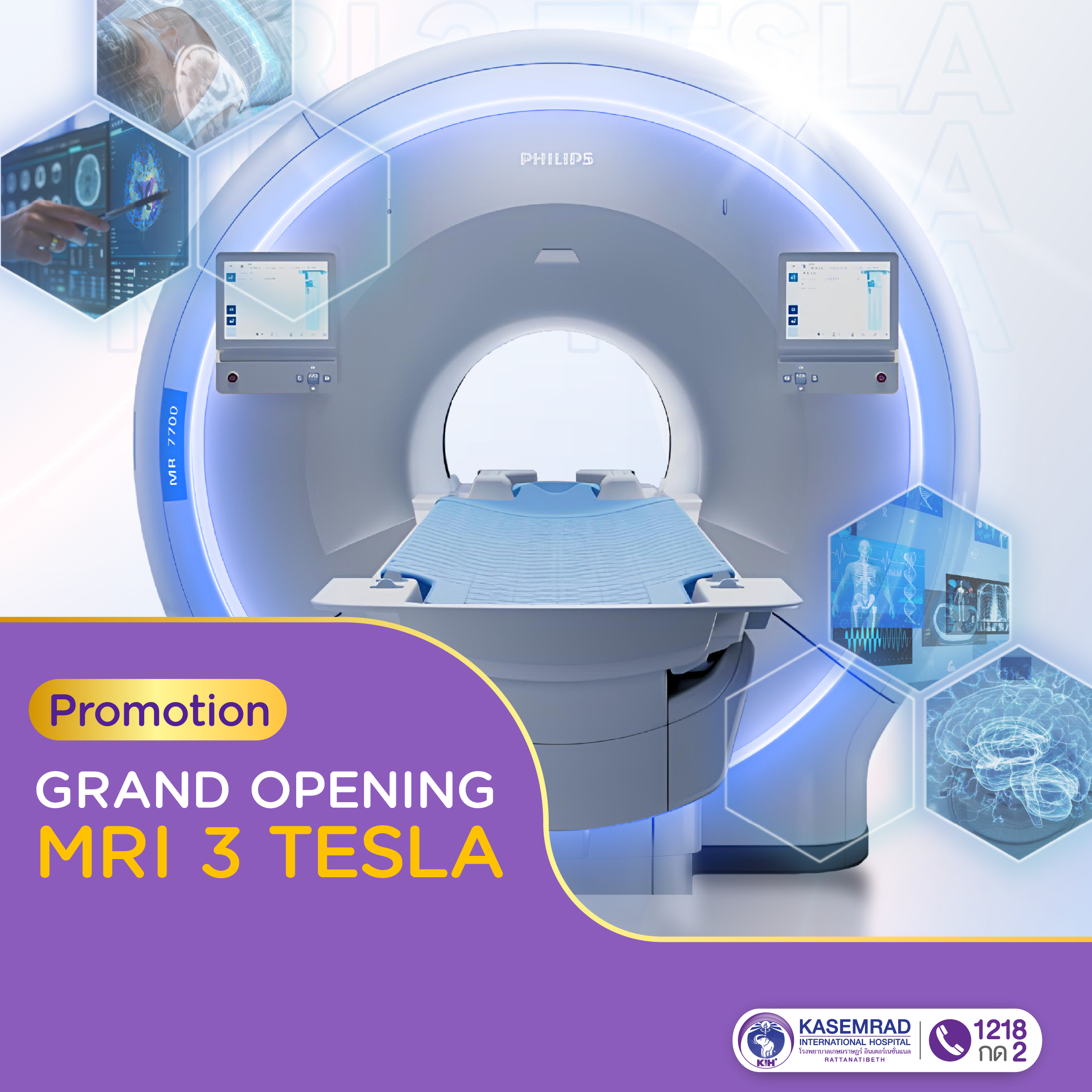Abdominal pain is a common symptom among women of reproductive age, but in some cases, it can be a warning sign of a serious medical condition that requires prompt medical attention. It’s important not to ignore certain types of pain, especially when accompanied by other concerning symptoms.
Typical and Concerning Menstrual Cramps: When to See a Doctor
Common Menstrual Cramps (Normal Symptoms):
- Mild to moderate lower abdominal pain, which may come and go or feel like a dull ache
- Pain usually starts 1–2 days before or on the first day of menstruation
- Lasts for about 1–3 days and typically subsides on its own
- May be accompanied by nausea, diarrhea, or lower back pain
Warning Signs That May Indicate a Problem:
1. Severe Pain
-
- Pain is intense enough to interfere with daily activities
- Requires high doses of painkillers or special medications to manage
2. Prolonged Pain
-
- Lower abdominal pain that lasts more than 3–4 days
- Pain occurs outside of the menstrual period
3. Alarming Accompanying Symptoms
-
- Excessive menstrual bleeding (e.g., needing to change sanitary pads every hour)
- Large blood clots in menstrual flow
- Pain accompanied by fever, chills, or severe nausea and vomiting.
4. Problems in Other Organs or Systems
-
- Pain during sexual intercourse
- Painful urination or difficulty with bowel movements
5. Progressively Worsening Pain
-
- Menstrual pain that gets worse with each cycle

Possible Causes of Abdominal Pain
- Endometriosis: This condition can cause severe and persistent abdominal pain, often worsening with each menstrual cycle.
- Uterine Fibroids: These can lead to lower abdominal pain and heavy menstrual bleeding.
- Pelvic Inflammatory Disease (PID): Characterized by fever and lower abdominal pain, often accompanied by abnormal vaginal discharge.
- Ovarian Cysts: Can cause sudden, sharp abdominal pain, typically localized to one side of the lower abdomen.
Diagnosis
- Physical Examination: The doctor will perform a pelvic exam to check for tenderness or abnormalities.
- Additional Tests:
- Ultrasound: To visualize any abnormalities in the pelvic organs.
- Hysteroscopy: A procedure to examine the inside of the uterus.

Treatment Approaches
1.Initial Treatment:
-
- Pain Relief: Use of nonsteroidal anti-inflammatory drugs (NSAIDs) to manage pain.
- Heat Therapy: Applying a warm compress to the lower abdomen to alleviate discomfort.
2.Specific Treatment
-
- Hormonal Medications: Such as birth control pills or hormone suppressants to manage conditions like endometriosis or fibroids.
- Surgical Treatment: In cases with large fibroids or cysts, surgery may be necessary.
When to See a Doctor?
- If abdominal pain worsens over time or doesn’t respond to initial treatments.
- If there are abnormal symptoms, such as excessive menstrual bleeding or fever.
- If you have concerns about your health or experience unusual bodily changes.
Severe and abnormal menstrual pain may signal underlying health problems that require proper diagnosis and treatment. Pay attention to your body’s signals and consult a doctor if you have concerns, as early intervention can prevent complications in the future.

























